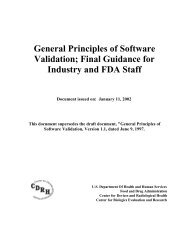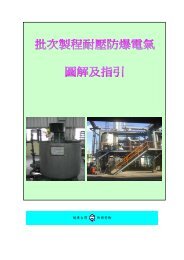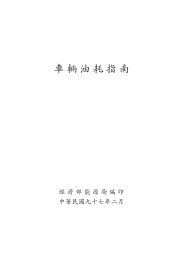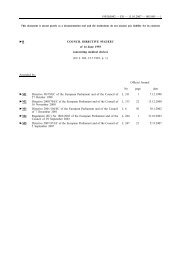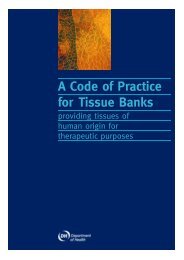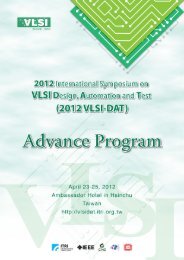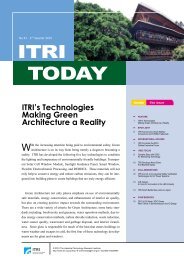Design Control Guidance - Food and Drug Administration
Design Control Guidance - Food and Drug Administration
Design Control Guidance - Food and Drug Administration
You also want an ePaper? Increase the reach of your titles
YUMPU automatically turns print PDFs into web optimized ePapers that Google loves.
assess whether the requirements completely characterize the intended use of the device,judge the impact of omissions, <strong>and</strong> track incomplete requirements to ensure resolution.For complex designs, it is not uncommon for the design input stage to consume as muchas thirty percent of the total project time. Unfortunately, some managers <strong>and</strong> developershave been trained to measure design progress in terms of hardware built, or lines ofsoftware code written. They fail to realize that building a solid foundation saves timeduring the implementation. Part of the solution is to structure the requirementsdocuments <strong>and</strong> reviews such that tangible measures of progress are provided.At the other extreme, many medical devices have very simple requirements. For example,many new devices are simply replacement parts for a product, or are kits of commodityitems. Typically, only the packaging <strong>and</strong> labeling distinguishes these products fromexisting products. In such cases, there is no need to recreate the detailed design inputrequirements of the item. It is acceptable to simply cite the predecessor productdocumentation, add any new product information, <strong>and</strong> establish the unique packaging <strong>and</strong>labeling requirements.ASSESSING DESIGN INPUT REQUIREMENTS FOR ADEQUACY. Eventually,the design input must be reviewed for adequacy. After review <strong>and</strong> approval, the designinput becomes a controlled document. All future changes will be subject to the changecontrol procedures, as discussed in Section I (<strong>Design</strong> Changes).Any assessment of design input requirements boils down to a matter of judgment. Asdiscussed in Section E (<strong>Design</strong> Review), it is important for the review team to bemultidisciplinary <strong>and</strong> to have the appropriate authority. A number of criteria may beemployed by the review team.• <strong>Design</strong> input requirements should be unambiguous. That is, each requirementshould be able to be verified by an objective method of analysis, inspection, ortesting. For example, it is insufficient to state that a catheter must be able towithst<strong>and</strong> repeated flexing. A better requirement would state that the cathetershould be formed into a 50 mm diameter coil <strong>and</strong> straightened out for a total offifty times with no evidence of cracking or deformity. A qualified reviewer couldthen make a judgment whether this specified test method is representative of theconditions of use.• Quantitative limits should be expressed with a measurement tolerance. Forexample, a diameter of 3.5 mm is an incomplete specification. If the diameter isspecified as 3.500±0.005 mm, designers have a basis for determining how accuratethe manufacturing processes have to be to produce compliant parts, <strong>and</strong> reviewershave a basis for determining whether the parts will be suitable for the intended use.• The set of design input requirements for a product should be self-consistent. It isnot unusual for requirements to conflict with one another or with a referencedindustry st<strong>and</strong>ard due to a simple oversight. Such conflicts should be resolvedearly in the development process.Section C. <strong>Design</strong> Input 3/11/97 Page 17



